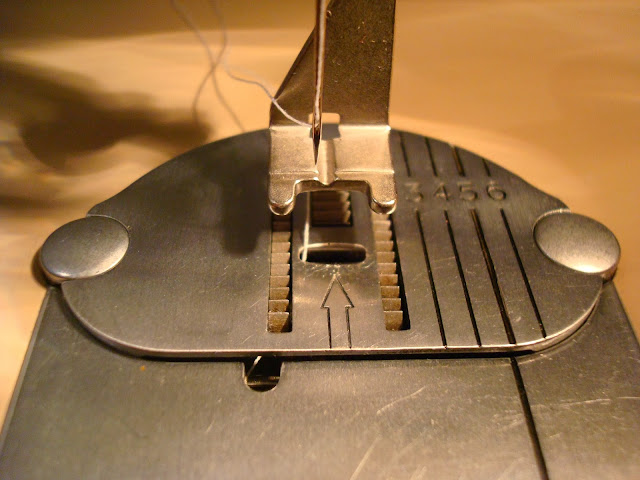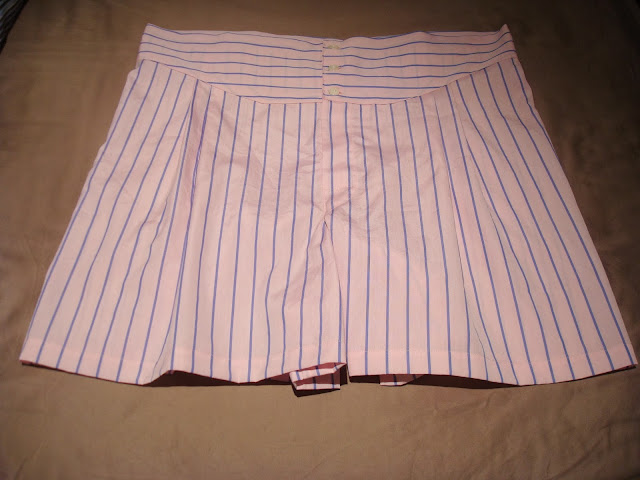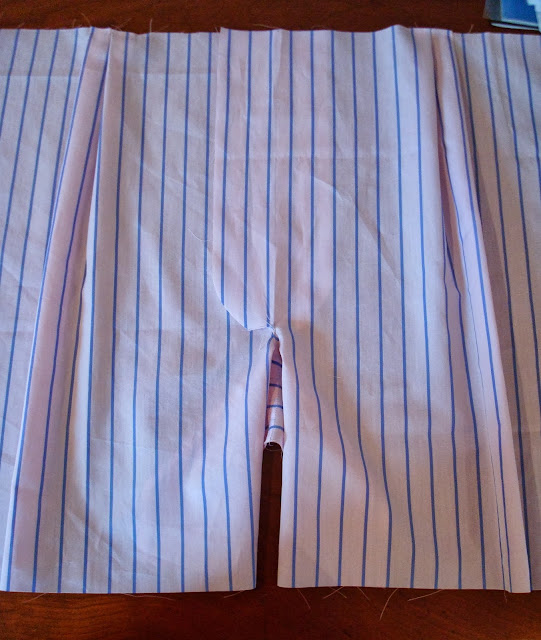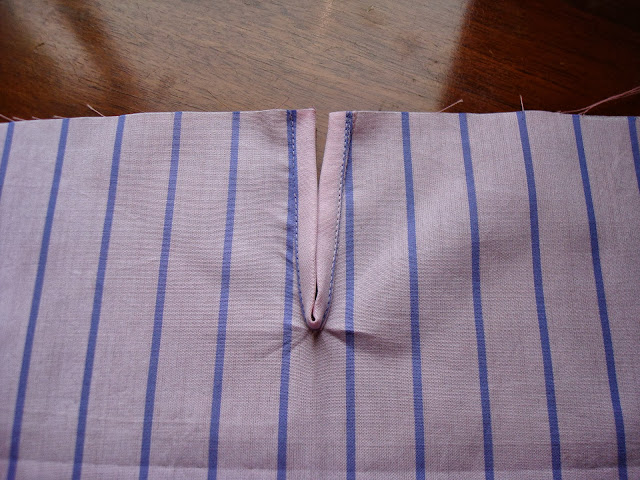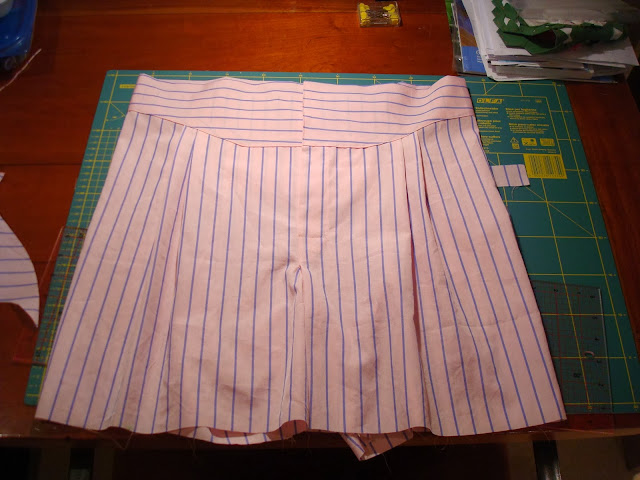It seems like onesies are ubiquitous at the moment even here at Oil and Thread where we seldom follow fashion. According to the stats the likelihood is that by now you either own a Onesie or know someone who does. I am guessing that fewer people have actually sewn a onesie. Unless they happen to have a copy of Kwik Sew K3713 lying around.
I thought this pattern might appeal to The Much Belovéd. He seemed genuinely pleased when he first saw it and quite excited when I finally got down to work on it. He tends to run around barefoot quite a bit so we agreed on version B the footless sleep suit.
I was inspired by the colour scheme on the pattern envelope and the very reasonable price of red cotton flannel. An error on my part concerning the fabric width led me to buying twice as much winceyette as required. During the weekend I spent shrinking, drying and ironing this fabric it felt like we were swathed in acres of red brushed cotton.
 |
| Red rag to a bull? |
The pattern includes a quarter inch seam allowances which are finished by zigzagging together - must be a job for the trusty 401G. I heeded all my old sewing machine instruction books' warnings about shortening the stitch length and lightening the tension when sewing flannel. I think this is supposed to allow the seams to 'give' a little during wear. Kwik Sew's quarter inch seam allowances mean no trimming - refreshing!
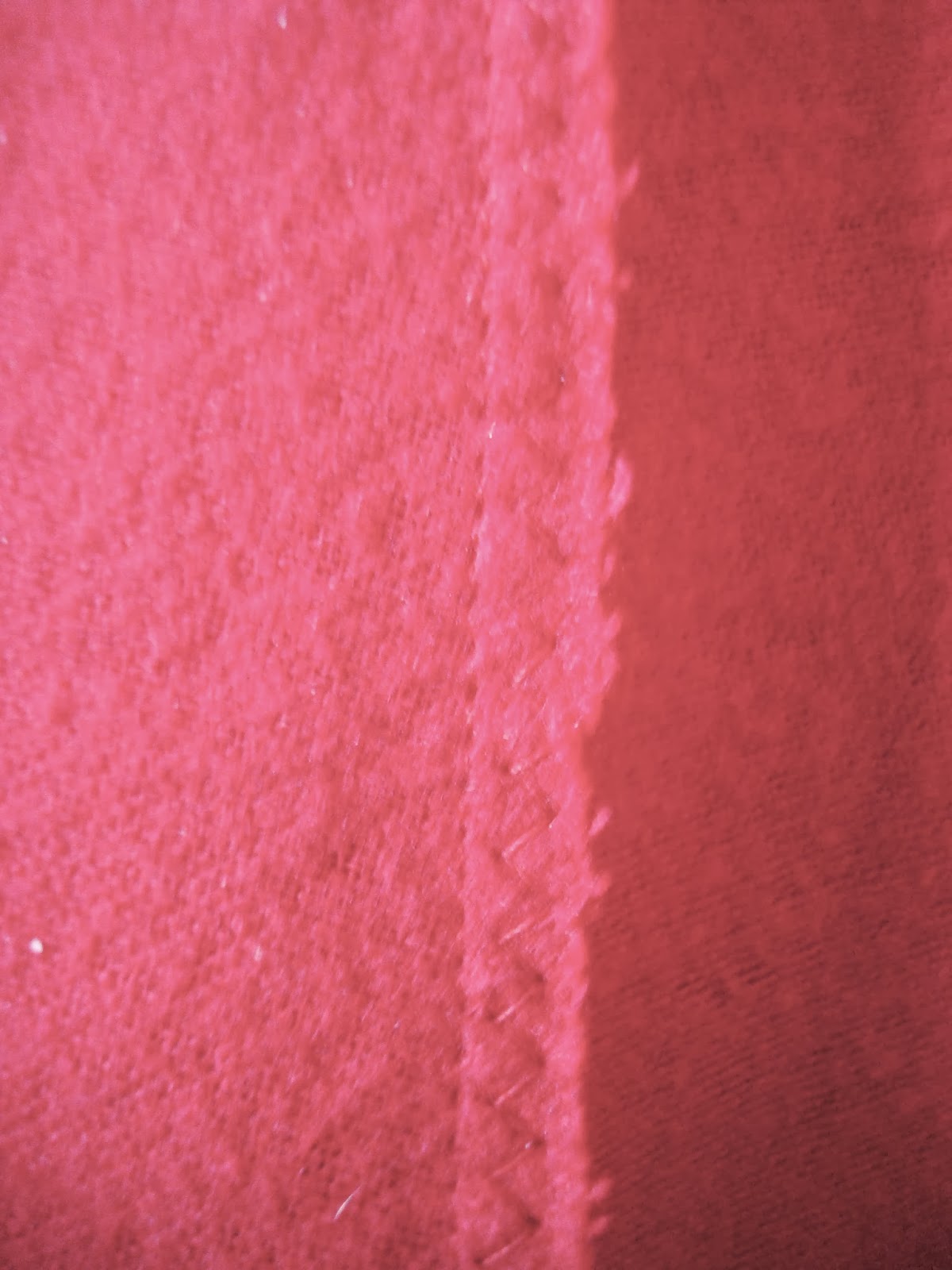 |
| This shade of red has proven to be virtually impossible to photograph! |
The neckband and cuffs are sewn into the main body and finished in the same way.
This was my first go at sewing stretchy knits. I did invest in some Organ needles designed especially for stretch fabric and I played it safe by sewing with my 'modern' machine. I quite enjoyed the experience and the results are encouraging.
The pattern includes directions for either buttons or snap fastenings. TMB put in a special request for snap fastenings so that meant buying some new kit. I may post a full tutorial on fitting snaps at a later date. They went on without any trouble at all and I think they work well with this pattern.
The pattern is a very generously sized. I cut the medium based on the measurements on the pattern envelope but in my opinion the finished garment is a shade too big for TBM. It's actually a better fit on me and I am nearer a large these days. If I made another (remember I ended up with enough fabric for two) I would either make the small for TMB or reduce the length of the body by 1-2 inches. TMB was however delighted with his roomy new onesie. The proof has been in the wearing with the onesie making regular appearances at the weekend breakfast table!
 |
| The owner was not available for modelling today |

















